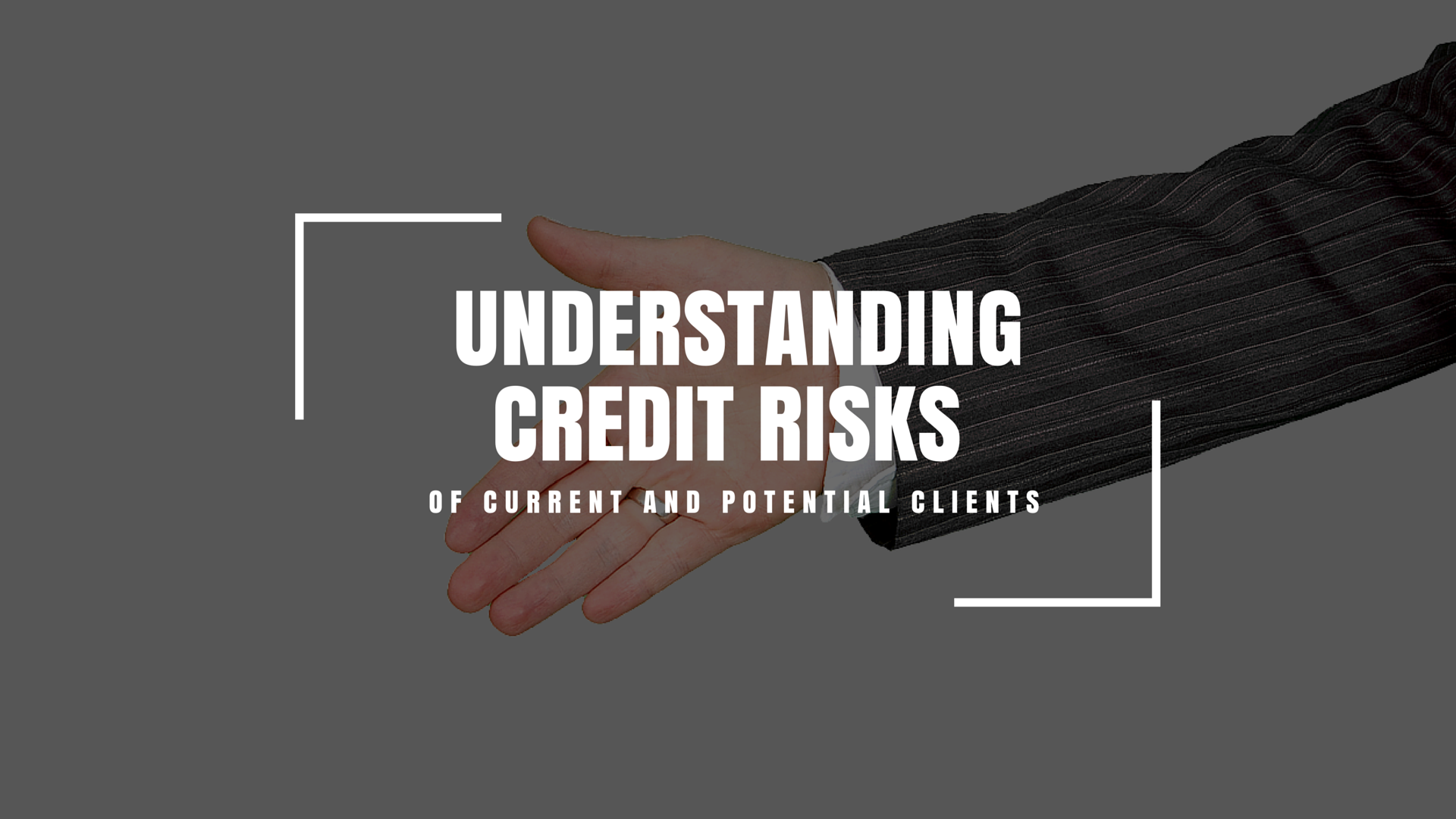Understanding Credit Risks of Current and Potential Clients
Hi, my name is Adam Stewart, Debt Collection Professional and owner of Debt Recoveries Australia. In this week’s “Better Credit Control” blog, I want to talk about the different credit risks associated with potential clients – what to look out for and some prevention strategies for you.
Before you come up with an effective credit control and debt collection process, it’s good to understand the different levels of risk within your existing clients and also get a feel for the credit risks of potential clients.
Once you have decided which type of clients you want to target, the next step is to develop strategies for preventative action. This is to limit the quantity of accounts that fall into arrears.
The following is a list of groups of different clients and some strategies you can use to choose what to do with each group:
Clients from Small, New or Medium Sized Businesses
Given the high failure rate of new small businesses, it is safe to say that they carry a high risk of defaulting on agreed payment terms. Watch them closely and perhaps start with upfront payment terms to begin with.
Individuals as Professional Services Clients
Working for individuals often means dealing with a large volume of clients with relatively low invoice values; so again, payment upfront would be good for you.
Clients Comprising Large Organisations on Payment Terms of 90 Days
In this class of client, the overall risk of non-payment is relatively small. However, given the potentially large nature of the client business and relatively large payment due in relation to a smaller suppliers overall revenue (say 5% of total revenue). When payment is withheld or delayed, the effects could be potentially catastrophic and further compounded where margins are small.
Client Organisations from Statistically High Insolvency Rates
A good example of this recently is any transport or haulage companies. Lots of them are going bust after the mining industry downturn.
Rural Based Clients with Cyclical Incomes, such as Farmers
Historically, these clients had an excellent reputation for paying their debts. However, your trading terms may not be met owing to timing of the farmers’ income.
Here are some general tips to deal with these groups of clients:
- Be selective. Payment in advance or at the time of goods or services are delivered is ideal, and the best form of preventative action.
- Have the right processes in place before you offer credit.
- Look at what the experts do before they offer you credit. In referring to experts, I am referring to lenders such as Banks, Building Societies and Credit Unions.
- Undertake due diligence. Once you have received a completed credit application form, do your research and perform;
• An ABN search
• A Company search
• Credit Reporting Authority search (such as Veda or Dun & Bradstreet)
• A property search on any person providing a guarantee
• Review the credit application’s ability to repay the debt. You might want to consider this for large debts and seek financial information such as tax returns, assets and liabilities including bank statements) - Try to get a personal guarantee from the business owner or director. This is gold and it will make the potential client think twice about defaulting, especially if they have provided a personal guarantee on behalf of their business or company.
Please contact me if you would like a free consultation or any free templates for personal guarantees, credit application forms and/or invoice terms. Email me at email@debtrecoveries.com.au or call 1300 799 511. You may also Skype me at debtrecoveries.
 Debt Recoveries Australia
Debt Recoveries Australia